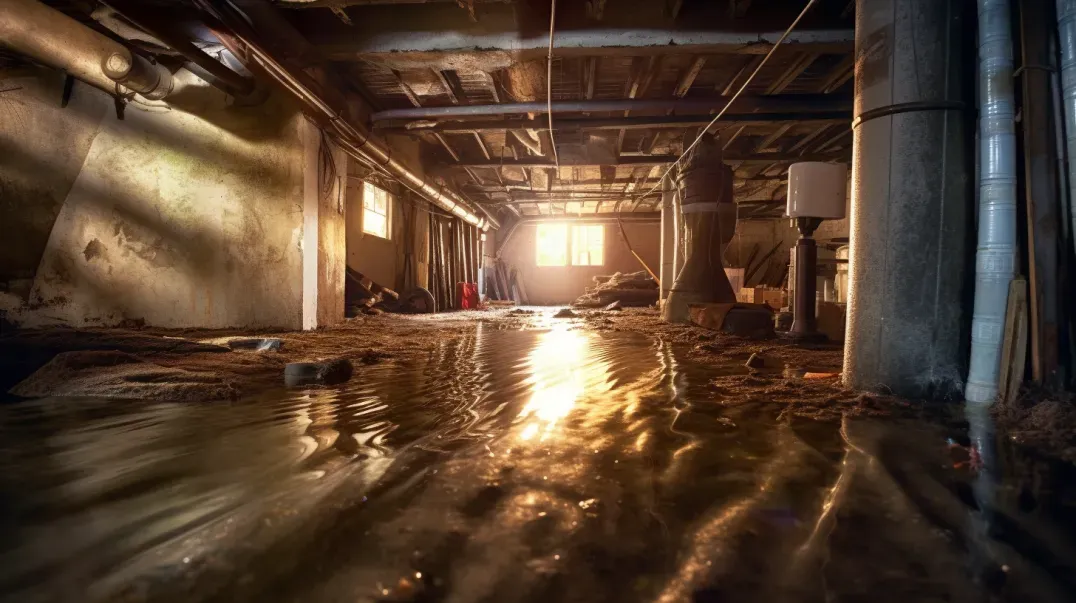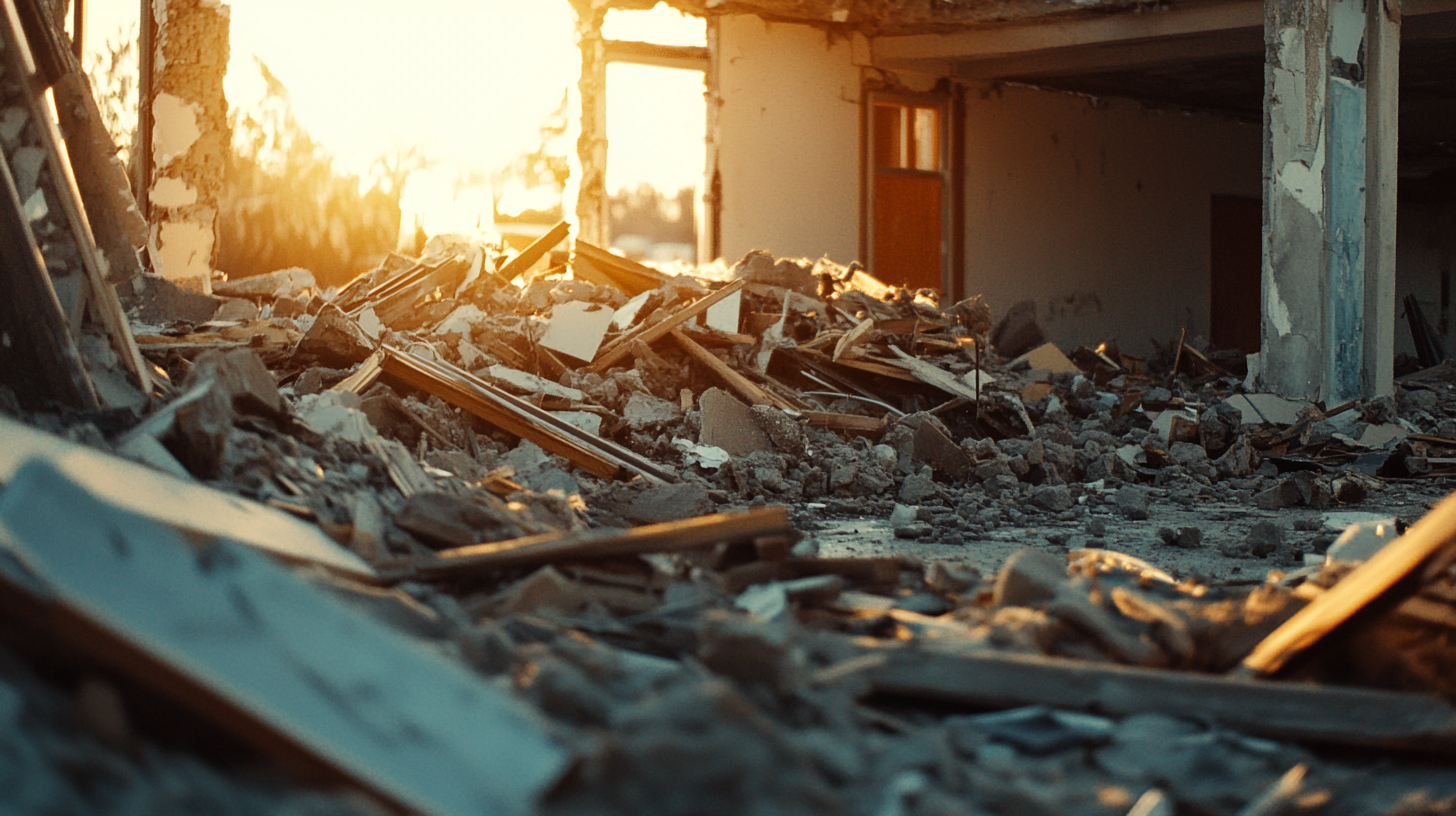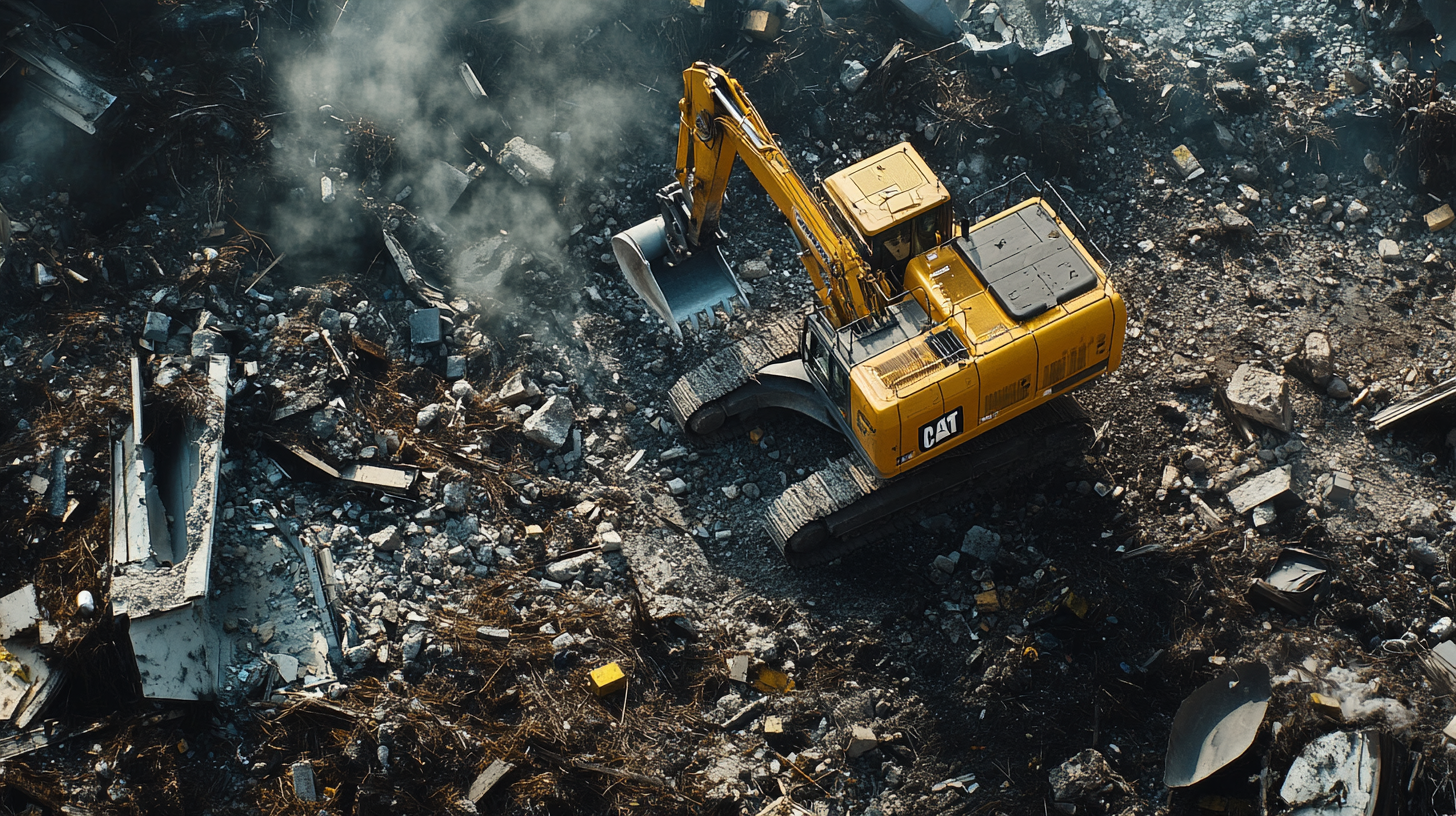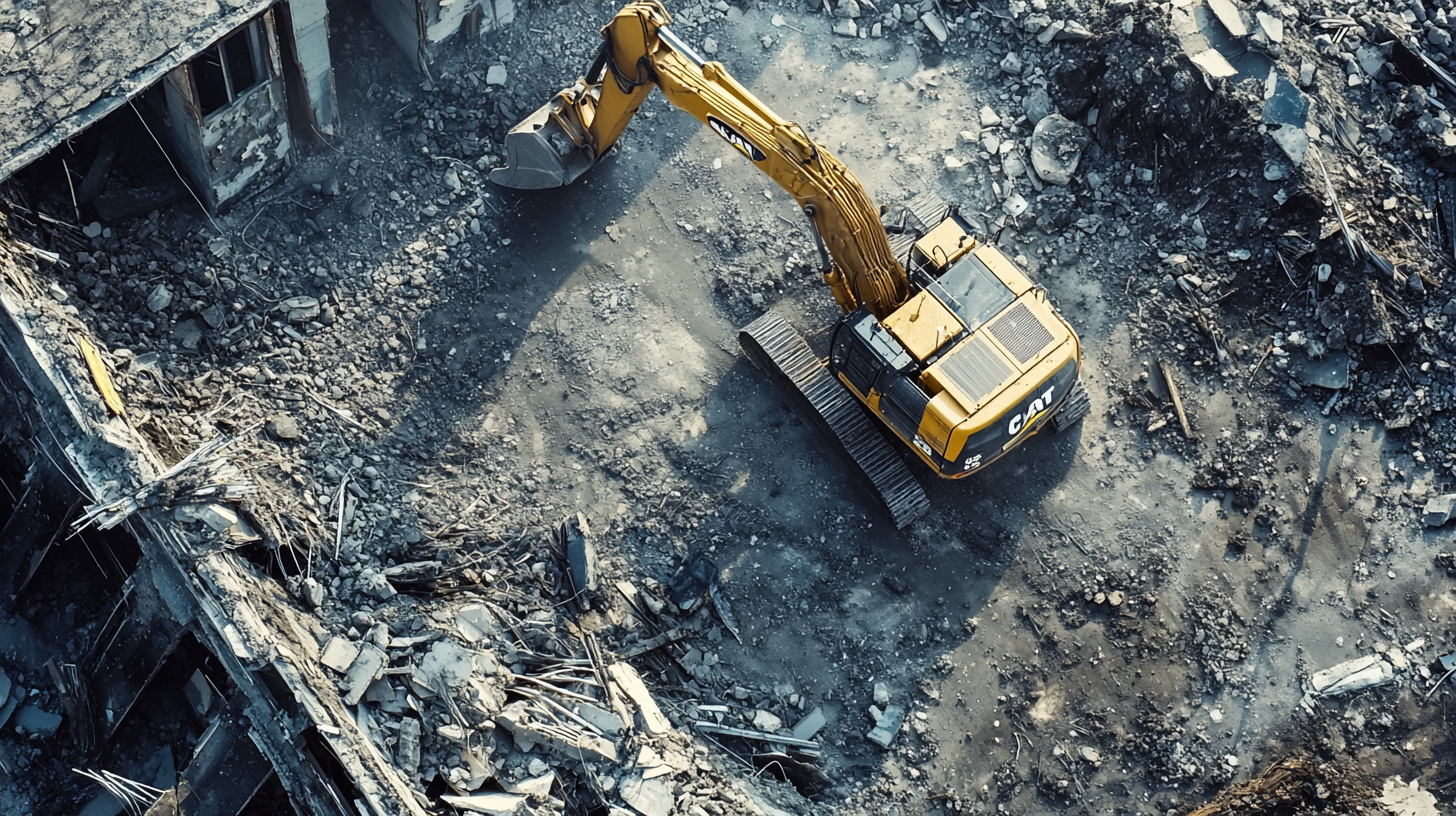
Moisture barriers play a pivotal role in maintaining the integrity and longevity of buildings, shielding them from the adverse effects of climatic conditions. This blog aims to unpack the significance of these essential components in architectural design and construction. By delving into the science behind moisture barriers, we can appreciate their crucial function in preventing water ingress, which can lead to structural damage, mold growth, and reduced indoor air quality. By exploring the different types of moisture barriers and their applications, this blog will provide insights into how modern construction techniques integrate these barriers to safeguard structures from the varying challenges posed by climate across different regions. Whether you are a building professional or a homeowner, understanding the critical role of moisture barriers will empower you to make informed decisions that enhance the durability and comfort of your living and working spaces.
Understanding Moisture Barriers
What Are Moisture Barriers?
Moisture barriers are essential components in construction that serve to protect buildings from the damaging effects of moisture. These barriers are strategically incorporated into building envelopes to prevent the ingress of water and vapor, safeguarding the structural integrity and indoor air quality. Moisture barriers can be categorized into several types, each serving specific needs and applications:
- Sheet-based barriers: These are typically made from plastic or rubber materials and are laid out in large sheets. They are commonly used on foundations, roofs, and walls to provide a physical barrier against moisture.
- Coatings: Applied like paint, these liquid-based barriers form a moisture-resistant seal once dried. They are often used internally and externally to protect surfaces such as basements, bathrooms, and external walls.
- Integral systems: Incorporated directly into the material, such as moisture-resistant drywall or concrete, these barriers are designed to reduce permeability and enhance the material’s inherent resistance to moisture.
How Do Moisture Barriers Work?
Moisture barriers operate through various mechanisms depending on their type, each tailored to block moisture in different conditions:
- Physical blockage: Sheet-based barriers and coatings act as a physical shield, preventing water and vapor from penetrating building materials. This method is direct and effective for preventing the structural deterioration associated with water ingress.
- Permeability reduction: Integral systems alter the composition of building materials to minimize their porosity, thereby reducing the material’s permeability to moisture. This method is crucial in areas prone to dampness or where direct water contact is possible.
The importance of moisture barriers cannot be overstated. By preventing moisture penetration, these barriers protect the structural elements of a building from degradation, such as rot, mold growth, and corrosion. This protection is vital for maintaining the structural integrity and longevity of the building, ensuring it remains safe and stable for its occupants. Additionally, effective moisture management contributes to healthier indoor environments by mitigating the risk of mold and other moisture-related issues.
Assessing Your Climate
Identifying Climatic Challenges
When constructing or maintaining a building, understanding the specific climatic challenges of your region is paramount. This knowledge aids in selecting appropriate materials and construction techniques that stand up to local environmental stressors, thereby extending the lifespan of the structure and enhancing its efficiency.
To effectively evaluate your regional climate:
- Conduct Climate Research: Utilize historical weather data and climate patterns for your area. This data includes average temperatures, humidity levels, rainfall, and prevailing winds.
- Consult Local Building Codes: These often include guidelines that account for local climatic conditions, providing a foundation for choosing suitable building materials and designs.
Common climatic conditions and their implications on buildings include:
- High Humidity: Increases the risk of mold and rot, demanding materials that resist moisture absorption.
- Heavy Rainfall: Necessitates robust waterproofing measures to prevent water ingress that can undermine structural integrity.
- Snow and Ice: Requires building components that can withstand the weight and moisture associated with snow, as well as thermal barriers to prevent ice dams on roofs.
Factors to Consider
Two critical factors to consider in the face of your regional climate are temperature fluctuations and precipitation levels, as both can significantly influence moisture control strategies.
Temperature Fluctuations:
Temperature changes can lead to condensation as warm, moist air encounters cold surfaces, an issue particularly prevalent in regions with cold winters and warm summers. This condensation can accumulate within building cavities, leading to mold growth and material degradation. Selecting thermal insulation that also manages moisture is crucial in such environments to maintain a dry and stable internal atmosphere.
Precipitation Levels:
The amount and type of precipitation—whether rain, snow, or sleet—dictate the need for different moisture barrier types. In areas with high rainfall, water-resistant barriers are necessary to prevent liquid water from penetrating the building envelope. Conversely, in colder climates where interior heated air can condense against cold external walls, vapor-resistant barriers are needed to prevent this moisture migration.
Understanding and adapting to these factors not only protects the building but also contributes to the comfort and health of its occupants, underscoring the importance of climate assessment in building design and maintenance.
Choosing the Right Material
Materials Suitable for Humid Climates
In regions with high humidity and frequent rainfall, such as tropical and subtropical climates, the selection of appropriate building materials is critical to prevent moisture-related damages and to maintain the integrity and comfort of the structure.
Options for High Humidity Areas:
- Moisture-Resistant Woods: Certain woods like teak, cedar, and treated pine are naturally resistant to rot and mold, making them ideal for framing, siding, and outdoor areas.
- Metal Roofing: Metal roofs can withstand heavy rains and are impervious to moisture, which prevents the growth of mold and fungi.
- Concrete and Masonry: These materials absorb little moisture and can be treated with waterproof coatings to enhance their resistance to humidity.
Benefits of Vapor Barriers:
- Prevent Moisture Damage: Vapor barriers, when installed on the warm side of insulation in a building envelope, prevent humid air from condensing within the insulation layer, which can lead to structural damage and mold growth.
- Enhance Comfort: By controlling moisture ingress, vapor barriers help maintain a more consistent indoor humidity level, increasing comfort for occupants and reducing the burden on air conditioning systems to manage humidity.
Materials Suitable for Cold and Dry Climates
Cold, arid environments pose unique challenges due to the potential for condensation inside insulation layers and the necessity to withstand freeze-thaw cycles.
Best Practices for Cold, Arid Environments:
- Insulation with a High R-value: Effective insulation keeps indoor heating costs down and prevents the cold external air from cooling the interior surfaces to a point where condensation occurs.
- Sealed Building Envelope: Using sealants and caulks to fill cracks and gaps reduces air leaks, which can carry moisture into the insulation layers, leading to condensation and water damage.
Importance of Freeze-Thaw Resistant Materials:
- Durability: Materials like specially formulated concrete, fiber-reinforced polymers, and treated wood are designed to resist the cracking and crumbling that can occur when water seeps into materials and then expands as it freezes.
- Structural Integrity: Choosing materials that can handle the stresses of freeze-thaw cycles is essential to maintaining the structural integrity of the building. This is particularly important for the foundation, exterior walls, and roofing where the impact of these cycles is most acute.
In summary, selecting the right materials based on the specific climatic challenges of an area not only extends the lifespan of a building but also enhances its efficiency and comfort. Understanding these nuances ensures that every building can stand up to its environmental challenges effectively.
Installation Considerations Based on Climate
Warm and Moist Climate Installation Tips
Installing moisture barriers in warm, humid regions requires specific techniques to ensure that these barriers perform effectively, preventing moisture ingress while allowing for proper ventilation to mitigate potential issues like mold growth.
Techniques to Enhance Effectiveness:
- Proper Placement of Vapor Barriers: In warm and moist climates, it's crucial to install vapor barriers on the exterior side of the insulation. This positioning helps prevent humid outdoor air from entering the insulation and condensing.
- Use of Breathable Materials: Select barriers that are permeable enough to allow for some degree of drying if moisture does get trapped, thus avoiding the accumulation of moisture within wall cavities.
Issues to Watch During Installation:
- Mold Growth Behind Barriers: Ensure that all materials are dry during installation. Moisture trapped behind a vapor barrier can lead to mold and mildew growth. Regular inspections during and after installation can help identify any moisture accumulation early on.
- Sealing and Overlaps: Proper sealing at joints and overlaps is critical to prevent humid air from bypassing the barrier. Use seam tapes and sealants designed for high humidity resistance to ensure airtight seals.
Cold and Dry Climate Installation Tips
In cold, dry climates, the installation of moisture barriers must be managed carefully to prevent indoor heat from condensing within the colder outer layers of a building’s structure, such as in wall cavities or beneath the roofing material.
Strategies for Installing Moisture Barriers:
- Interior Vapor Barrier Placement: In colder climates, vapor barriers should be placed on the warm side (typically the interior side) of the insulation to prevent warm indoor air from condensing against cold surfaces.
- Adequate Insulation: Ensure sufficient insulation is installed along with the vapor barrier. This combination helps maintain the surface temperature of the barrier above the dew point, preventing condensation.
Ensuring Effectiveness Despite Temperature Changes:
- Thermal Bridging: Avoid thermal bridging by using continuous insulation across all building components without thermal breaks. Thermal bridging can reduce the effectiveness of moisture barriers by creating cold spots where condensation can occur.
- Durability in Extreme Cold: Select barrier materials that are tested for durability under extreme cold conditions. Materials should be able to withstand contraction and expansion without losing their integrity.
Implementing these specific installation techniques based on the local climate is essential for the long-term effectiveness of moisture barriers in protecting buildings from the challenges posed by different environmental conditions. Regularly monitoring and maintaining these systems as part of the building’s upkeep will ensure they continue to function as intended, safeguarding the structure’s longevity and the comfort of its occupants.
Long-Term Maintenance and Care
Routine Checks and Maintenance
To ensure the longevity and effectiveness of moisture barriers in any building, regular inspections and maintenance are crucial. These practices help identify potential issues before they escalate into costly repairs, preserving the structural integrity and indoor air quality of the building.
Guidelines for Inspecting and Maintaining Moisture Barriers:
- Scheduled Inspections: Conduct bi-annual or annual inspections of moisture barriers, especially in areas prone to high humidity or extreme weather conditions. Look for any physical damage, such as tears or deteriorations, and check for any signs of water intrusion.
- Check for Proper Sealing: Ensure that all seams, joints, and penetrations are sealed correctly. Over time, seals can degrade, so it’s important to check these areas periodically and reseal as necessary to maintain barrier integrity.
Signs That Your Moisture Barrier May Need to Be Replaced or Upgraded:
- Visible Mold and Mildew: The presence of mold or mildew on interior surfaces may indicate that moisture is bypassing the barrier and condensing within wall cavities.
- Peeling Paint or Wallpaper: These can be signs of excessive moisture behind the walls due to a failing moisture barrier.
- Unusual Odors: Musty or damp smells often suggest that moisture has accumulated and a barrier may be compromised.
Adapting to Changing Climates
As global climate change impacts local weather patterns, it becomes necessary to reassess and possibly upgrade moisture barrier systems to handle new environmental conditions effectively.
How to Adapt Your Moisture Barrier Strategies:
- Climate Resilience Audits: Periodically assess your building’s moisture protection in light of changing climate conditions. This might mean consulting with professionals to understand regional climatic predictions and their implications for moisture management.
- Enhanced Water Resistance: For areas expecting increased rainfall, upgrading to more robust, water-resistant barriers can provide additional protection. Consider barriers with higher permeability ratings to handle increased humidity levels.
Upgrading Barriers to Cope with Increased Rainfall or Rising Humidity Levels:
- Use of Advanced Materials: Technologies in moisture barriers are continually evolving. Materials that are more resistant to UV radiation, temperature extremes, and mechanical stress are ideal for adapting to changing climates.
- Integrated Solutions: Consider integrating active moisture management systems, such as dehumidifiers or enhanced ventilation systems, that work in conjunction with passive barrier systems to effectively control interior moisture levels.
Maintaining and adapting moisture barriers not only protects the physical structure of buildings but also contributes significantly to the health and comfort of its occupants. By staying vigilant and responsive to the signs of wear and changes in climate, building owners can ensure their properties remain durable and sustainable for years to come.
FAQs
Contact Bull City Crawlspace Today!
Bull City Crawlspace will do everything we can to ensure your experience with us is excellent.
Request A FREE Estimate
Request a Free Estimate Form
Checkout Recent Post




Got a Question? We’re Here to Help.
You can arrange an appointment or make an enquiry by phone or email, orget in touch to us via our contact form.

